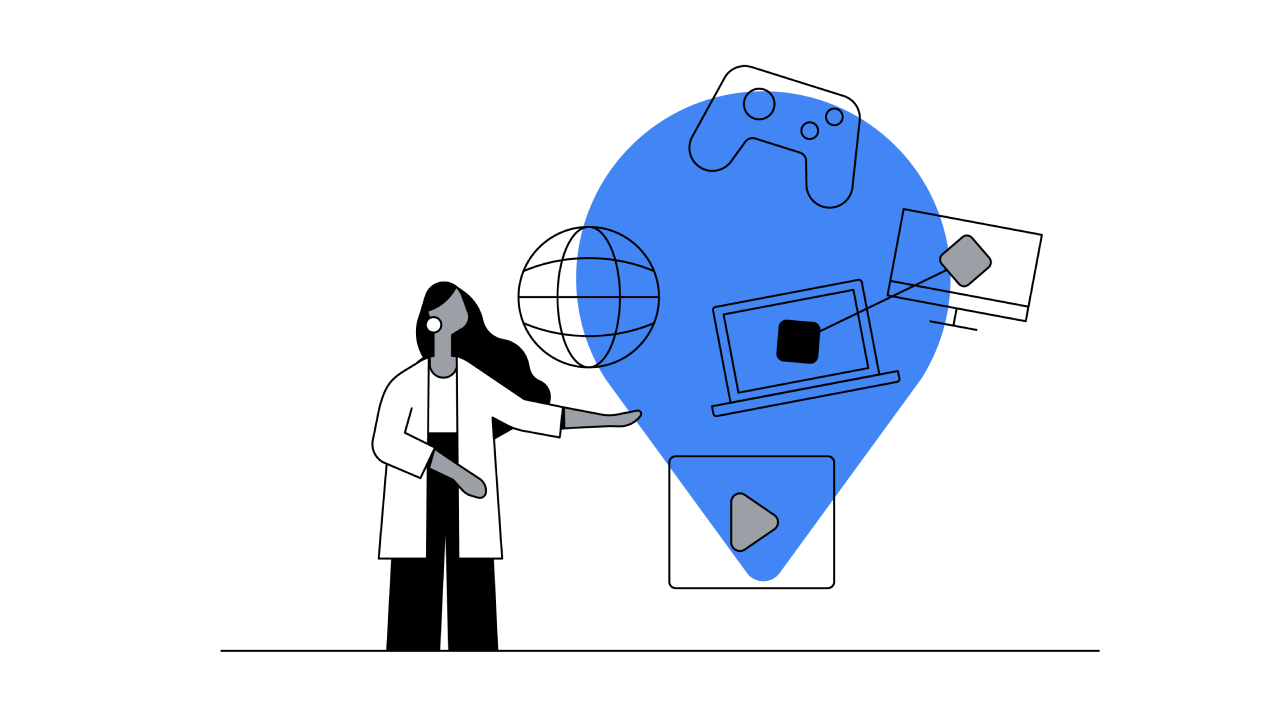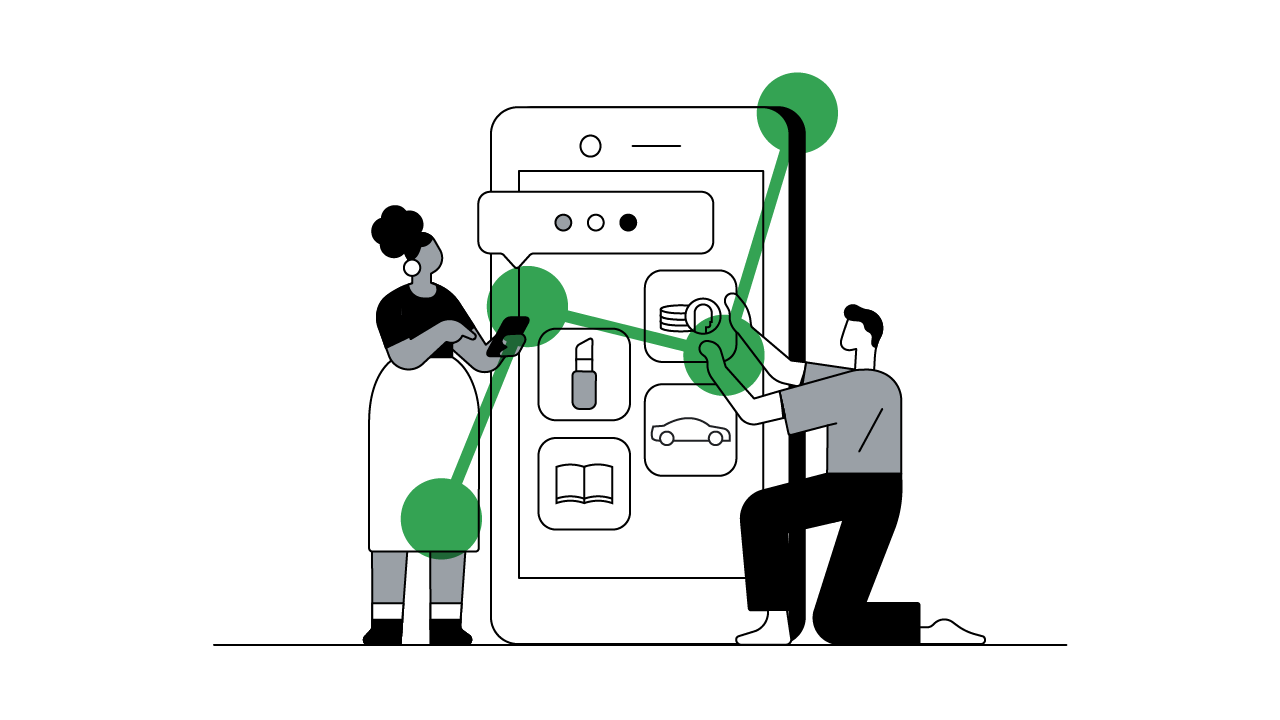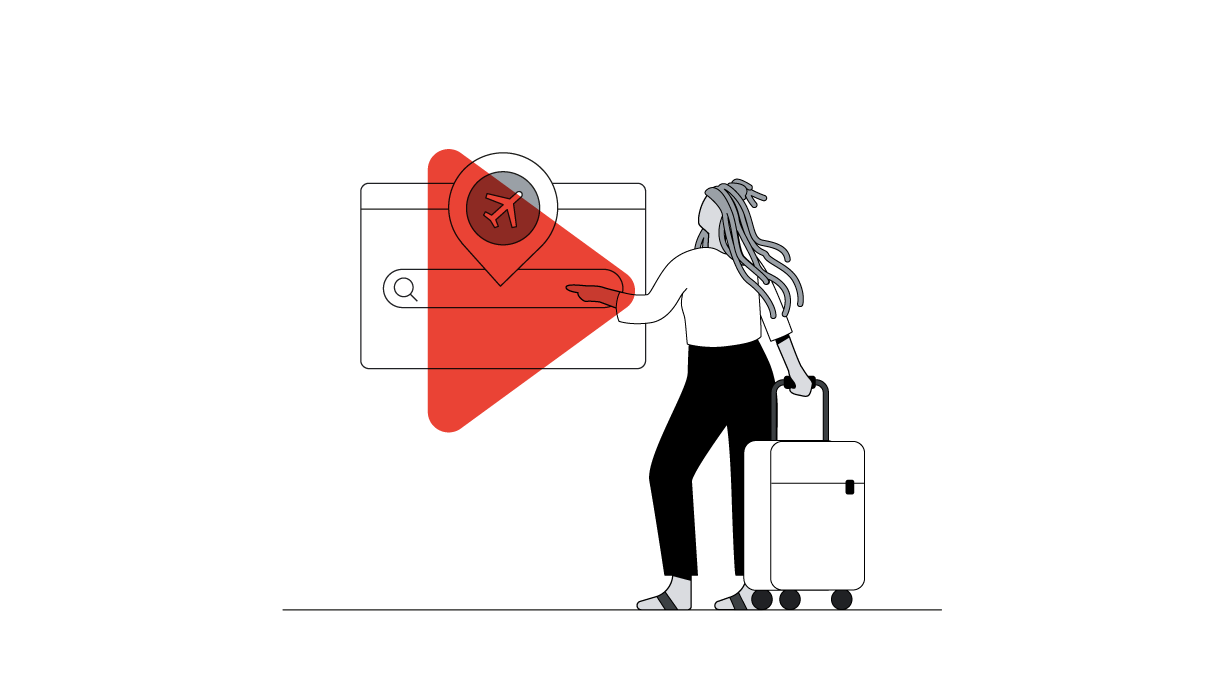As I write this, I’m in the midst of preparing for a trip back home for the first time in two years. I never thought I’d be excited to take a COVID-19 test, but because tests are now a normal part of traveling, they feel like a step closer to my friends and family. This time last year, I was hopeful that by 2022 we’d be returning to pre-pandemic norms, but it’s now clear that the world has irreversibly changed.
If 2020 was about adapting to radical change, 2021 will go down as the year we found our footing by being bamboo-like in the face of unforgiving headwinds — bending, rather than breaking. Balancing the duty of care and the duty to move the business forward has been the toughest challenge of my career, but I've been anchored by the strength of my team.
From their rapid delivery of critical vaccine information in Southeast Asia to their managing of the ups and downs of sponsoring the Tokyo Olympics so that we could contribute to a moment of global respite during the pandemic, the marketing team’s agility and fortitude have been a bright spot in 2021. I’m keeping this flexibility in mind as I look ahead because it’s clear that disruption is here to stay, accelerating digital ubiquity and a reckoning on trust.
2021 will go down as the year we found our footing by being bamboo-like in the face of unforgiving headwinds — bending, rather than breaking.
Digital ubiquity: A way of life for all, one day
The pandemic-accelerated digital transformation has been a boost for digital service consumption. Internet users in APAC grew 24% over the past two years. Global e-commerce sales continued to see double-digit growth, with China becoming the first market ever to see online sales surpass brick-and-mortar sales. People are embracing virtual influencers, and there’s AI everywhere, even an AI-powered massage chair.
It’s exciting and inspiring to be at the heart of the action in APAC. With their early adoption of everything from short-form video to social commerce and voice search, APAC users are pioneering behaviors that are forming the new age of the internet. It’s why products like Google Pay and YouTube Shorts are developed in APAC first before scaling to the rest of the world.
Although a digital way of life offers incredible opportunities to those who can access it, and I’m proud to see Google deepen its investments in the region, “access” is truly the keyword. Although the region has experienced a surge in internet users, online penetration is only at 61%. As the digital way of life becomes more commonplace and integral to everything from school to work, what does it mean for the 39% of people who do not have access to the internet?
Brands can play a role in closing the digital divide by bringing together private and public sector players and leaning into their collective strength to provide people with access to the internet and digital skills. At Google, we are doing this through programs like Skills Ignition in Singapore and Bangkit in Indonesia, where we work with local governments, educational institutions, and other partners to provide underserved learners with practical skills and a direct path to jobs in this digital age.
Brands can play a role in closing the digital divide by bringing together private and public sector players, and lean into their collective strength.
We’ve also supported public sector commitments toward creating a safer online experience with initiatives like Be Internet Awesome. And we’re partnering with industry leaders to improve access infrastructure by launching affordable devices like the JioPhone Next, which will help millions more people unlock the benefits of the internet.
Trust: In high demand but short supply
As digital becomes a way of life, trust will be in high demand, and brands will need to earn this trust. Globally, a staggering 71% of consumers aren’t convinced brands will deliver on their promises, and barely a third believe brands are being transparent about their commitments. In APAC, nearly two-thirds of consumers said they would avoid buying from untrusted digital brands, and searches related to “misinformation,” “fact-checking,” and “fake news” jumped 140% as people sought to verify the credibility of information.1
Data privacy is equally close to the hearts of digital consumers worldwide, with 9 in 10 saying they care about the matter. At Google, we’re increasing our communication about the choice and control users have over their data, and we’re working with the industry to create a long-term solution that doesn’t compromise privacy or performance.
As digital becomes a way of life, trust will be in high demand and brands will need to earn this trust.
To earn trust, brands must do what they say. Consumers are scrutinizing every facet of a business — from its operations to employee experiences — and this means that more than ever, the business is the brand. As stewards of the brand, marketers must therefore play a larger role in influencing organizational decisions that affect and shape customer perceptions. The scope of influence could extend into all areas of a business, given marketers’ deep understanding of users, and this expansive way of thinking and collaborating will ultimately benefit the brand and consumer alike.
Now, if only overcoming business challenges in these uncertain times was as simple as staying ahead of changing digital behaviors and an evolving trust landscape. If we zoom out and consider everything that consumers care about — from climate change to diversity and inclusion — the picture becomes more complicated. To address the digital divide, the demand for trust, and any other disruption that lies on the horizon, I’ve found it helpful to return to the basics by applying a simple framework to stay focused: define, design, and deliver, or simply, the 3D’s.
To address any disruption, apply a simple framework to stay focused

Define
Before setting out to tackle the “next big thing,” it’s critical to have a clear idea of why we’re doing it and who our audience is. This might seem obvious, but in a fast-changing and complex environment, it’s all too easy to jump to action before defining the objective in clear and measurable terms. A clear objective acts as a north star, ensuring every decision and investment drives outcomes in the right direction.
Clarifying questions:
- What am I trying to accomplish? Is my brand well placed to tackle this issue?
- Whose needs am I really addressing? How can my brand add value?
- What are the markers of success? How do I know when I’ve succeeded?
Design
With a clear definition of objectives and user needs in hand, we’re able to set meaningful boundaries for a sandbox and test and learn freely within it. The goal here is focused experimentation. In an age of declining consumer trust, process matters. People want to know “how the sausage is made,” and they’re paying close attention to how brands design products and experiences that not only meet their needs but do so without compromising core values.
Clarifying questions:
- How am I acting on learnings from the past to improve my approach?
- How do my design choices reflect the core values of my brand?
- How will I communicate the considerations behind my design choices openly and transparently?
Deliver
With a clear goal defined and a plan of action designed, the final step is to deliver on the goals initially set. This is often done best with the help of a strong team of partners who bring fresh perspectives and complementary skills. Holding ourselves accountable also means having a plan to document and review successes and failures.
Clarifying questions:
- Who should I work with to maximize impact?
- How did I do against my initial objectives? What would I do differently if given another opportunity?
- How can I share what I’ve learned to benefit the broader community?
Just as bamboo has strong fibers that allow it to bend and not break, I hope the 3D’s will be pillars that hold us steady as we face the uncertainties of 2022 and beyond. By placing the user at the heart of a brand’s marketing strategy, making business choices that align with brand values, and having a plan to deliver on and improve results, the 3D’s are a useful framework for navigating whatever the future holds. I’ll be keeping this in mind and using it to sharpen my thinking as we enter the new year.





